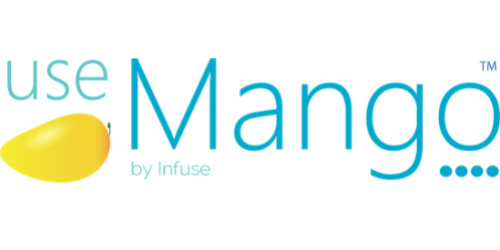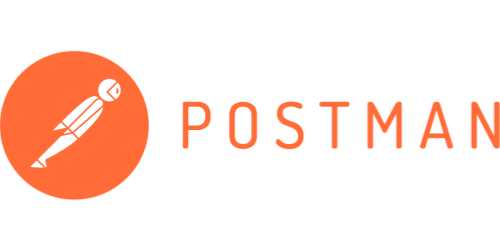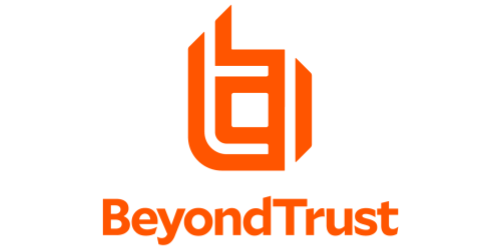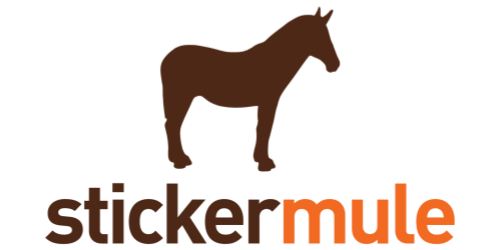
TestBash UK 2022
Our largest in-person conference of 2022!
-
09:00 - 17:30 BST
Location:
The Lowry Theatre
TestBash UK has been and gone, but it's not over. You can relive the magic by watching the talk recordings. Click the recording link below.







.png)




